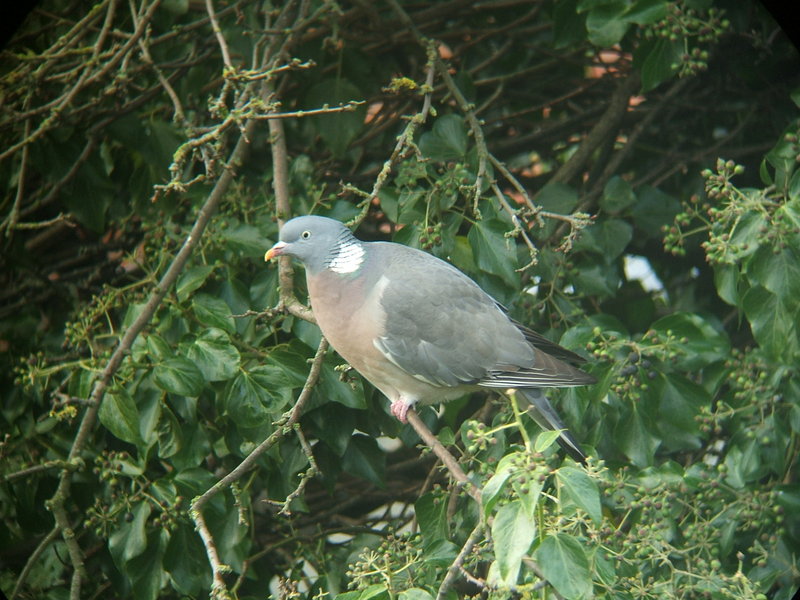|
Azores wood pigeon (Columba palumbus azorica)
| 제목: | Azores wood pigeon (Columba palumbus azorica)
| | 올린이: | Wiki Photos (---@---.---)
| |

| 해상도: 800x600
파일크기: 133138 Bytes
촬영일: 2006:01:25 11:01:49
사진기: FinePix E550 (FUJIFILM)
F number: f/2.8
Exposure: 10/380 sec
Focal Length: 720/100
등록시간: 2017:02:21 16:01:15
|
|
|

